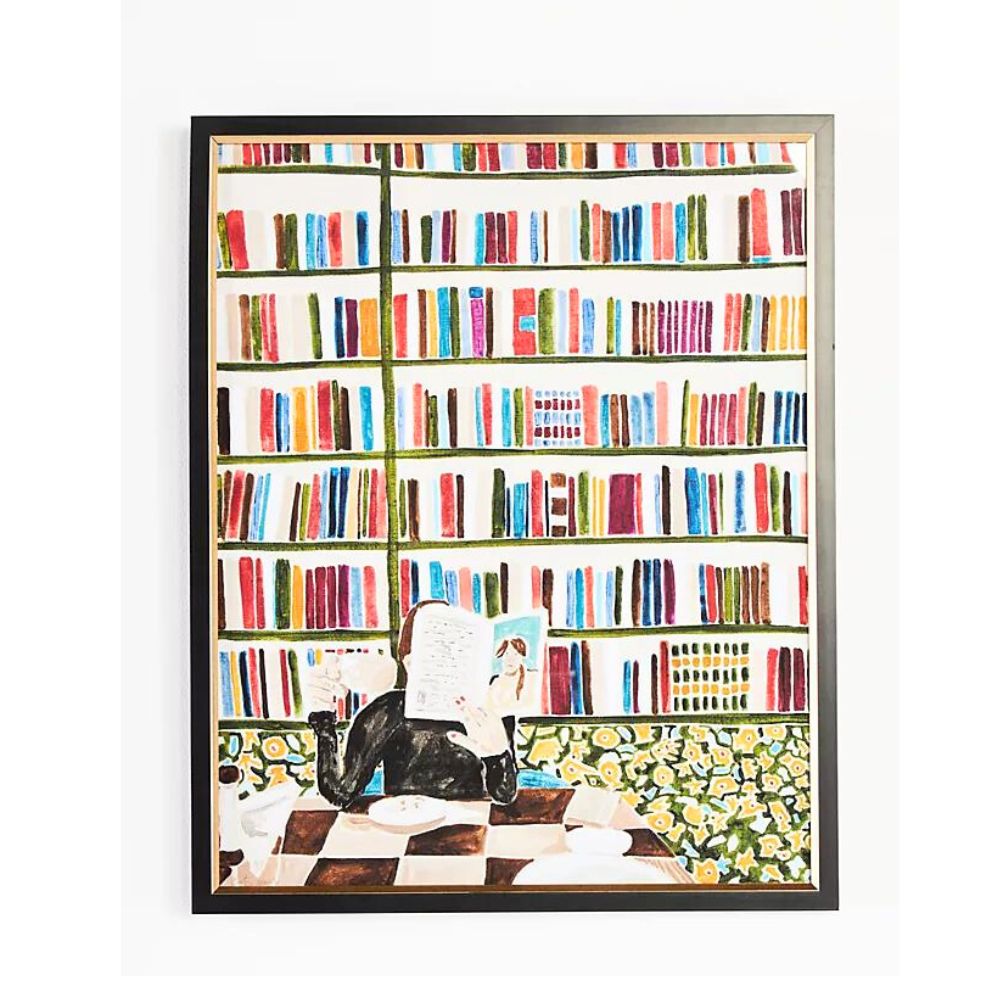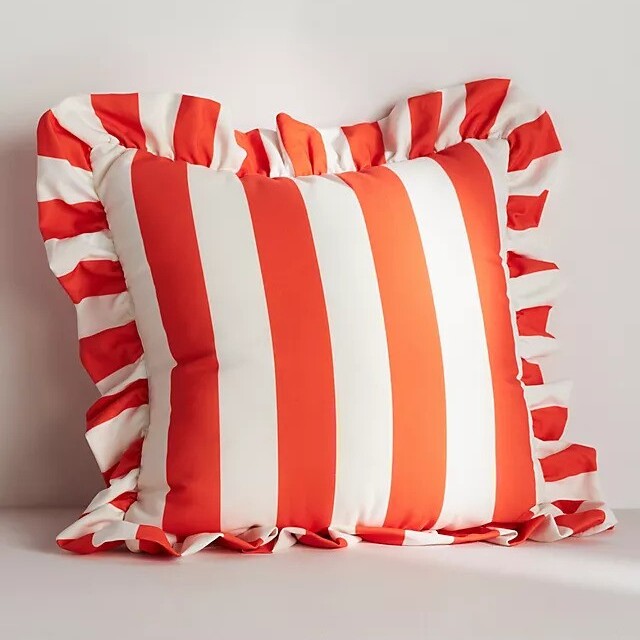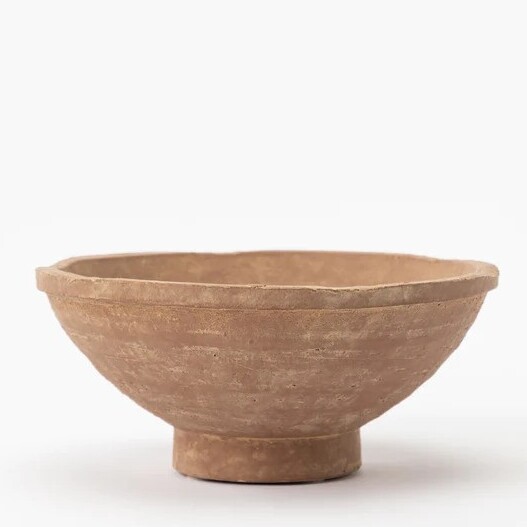5 outdated '80s interior design trends that everyone will want in 2024 – they are no longer undesirable
These outdated 1980s trends are bold, modern, and better than ever, but will you re-introduce them back into your home in 2024?


The 1980s heralded the era of a 'more is more' aesthetic. All around the United States, interior designers were boldly embracing over-the-top home decor trends, like bright, bold colors, fluted surfaces, chintz patterns, and mahogany furniture, into their latest projects, and we were lapping it all up.
So why are we suddenly returning to the 1980s in design? Many see the resurgence of the '80s aesthetic as a response to an oversaturation of clinical design, mass production of furniture, and non-color room ideas. In short, the looks from this retro decade offer a welcome departure from the ultra-clean lines and stark minimalist aesthetic that has been so popular as of late.
Here, I talk through my current favorite interior design trends for 2024, taking inspiration from the 1980s – the decade of excess, ornamentation, and pattern.
The new way to do 1980s interior design trends
The bold, extravagant aesthetic of the 1980s is back, but this time, those lively looks are modern and refined, and they look so much more expensive.
Here, interior designers, decorators, and style experts share how to make these retro trends look up-to-date in your home.
1. Maximalist design
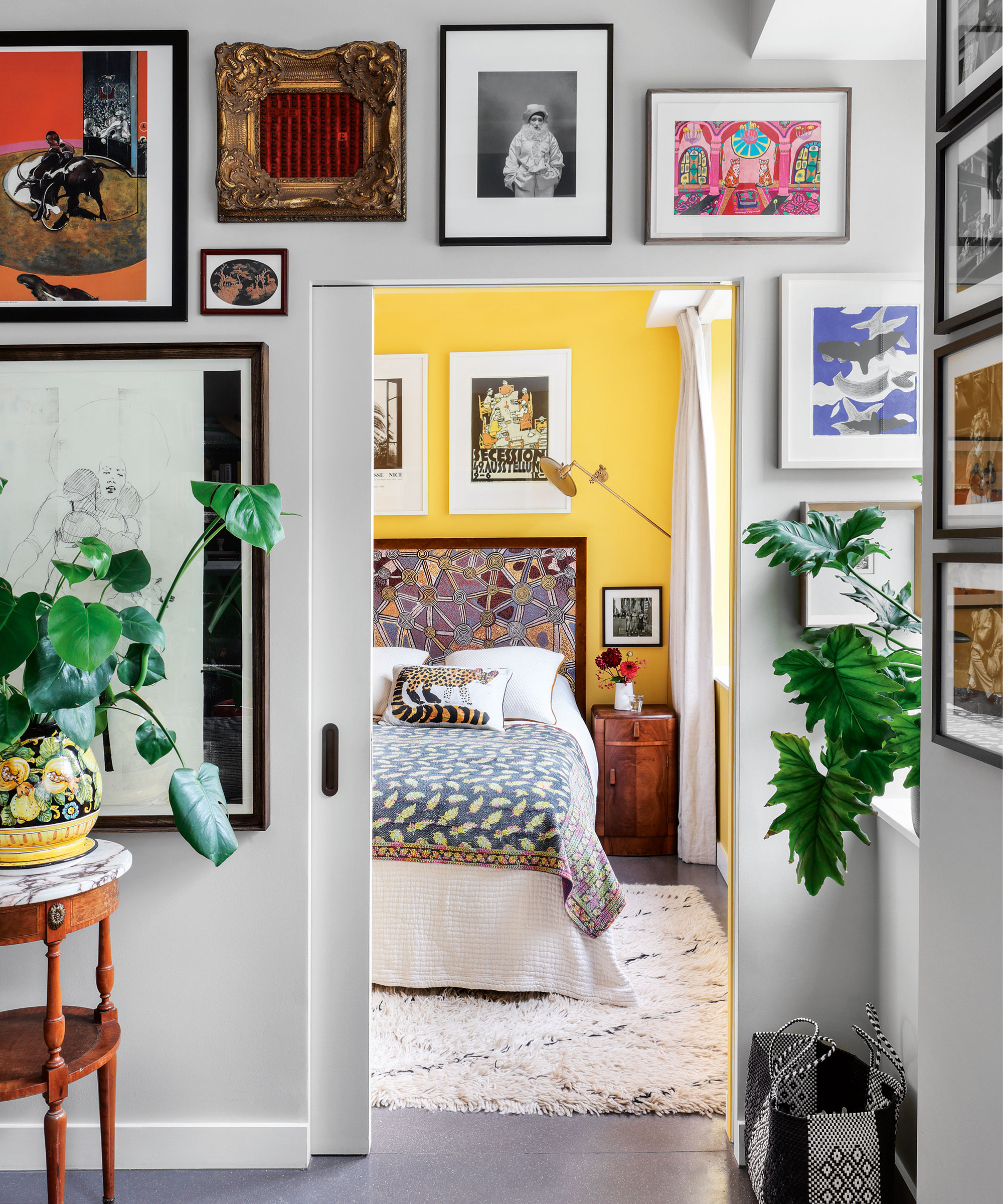
Where minimalism champions stripped-back design, the philosophy behind maximalism is that less really isn’t more; in fact, the busier the better. The aesthetic of excess, maximalist decor ideas first found favor among interior designers and decorators in the 1980s, but it is back in 2024. In my mind, maximalism never left my home. But as a lover of '80s decor trends, I am delighted to welcome its return to the masses.
Cast your mind away from your grandmother's overstuffed home, the new way to do maximalist decor is playful yet curated. Where proportions allow, combining powerful colors, clashing ornate prints and rich textures can really make a statement. With its profusion of color, summer is a brilliant time to seek inspiration for a maximalist look, and the interiors world is bursting with prints to choose from.
Design expertise in your inbox – from inspiring decorating ideas and beautiful celebrity homes to practical gardening advice and shopping round-ups.
2. Charming chintz
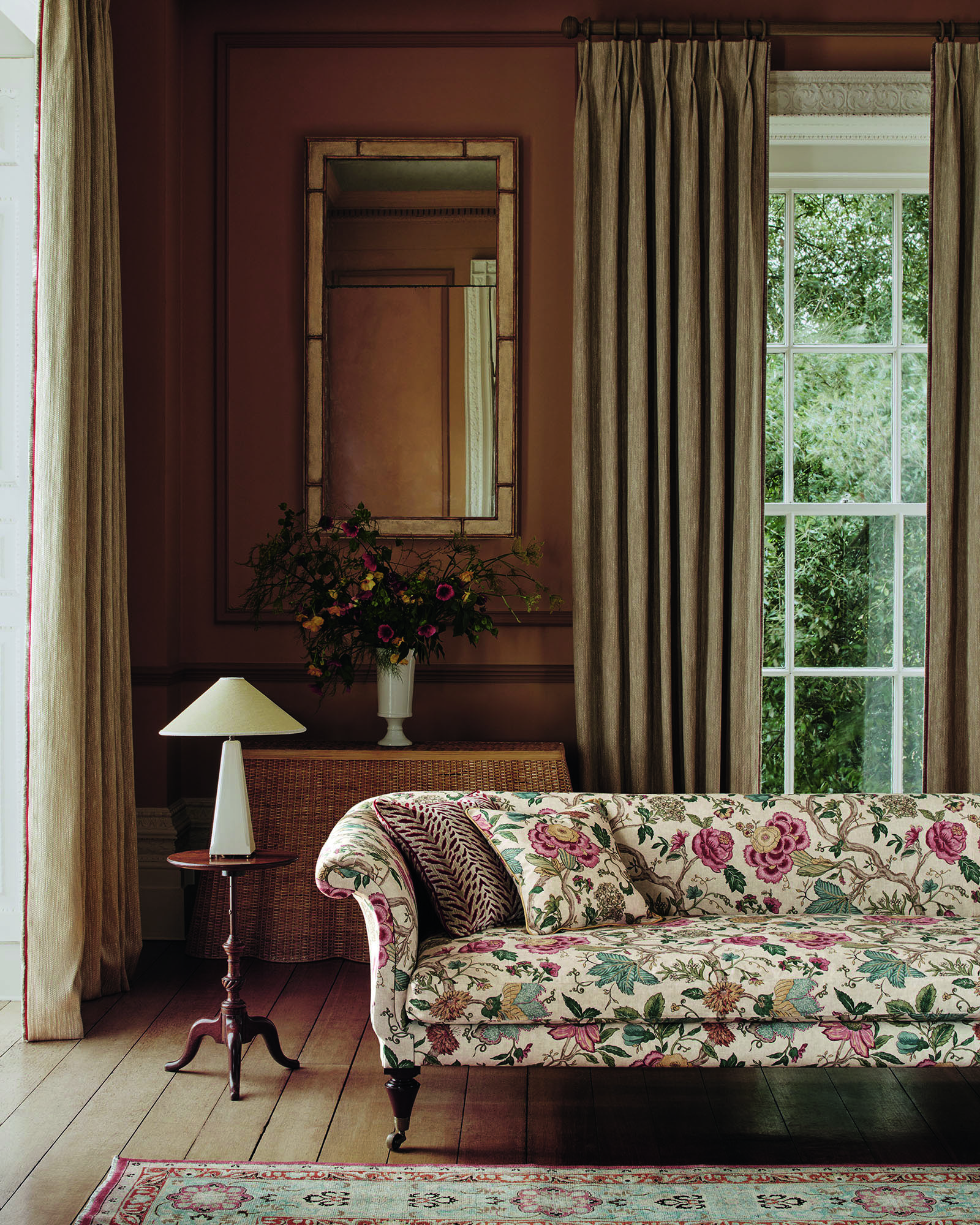
Once dismissed as old-fashion, this flowery pattern style is back in a more refined guise yet it is still as delightful as ever.
'Chintz and florals were so overdone in the '80s that everyone got sick of them; after that, the aesthetic of the '90s was very gray and boring,' says interior designer Sarah Vanrenen. 'Now there’s been a full circle and we’re coming back to the floral look. I actually think florals can be timeless when done well.'
The beauty of the contemporary chintzy trend in a home is that it can make a house feel alive: it reminds us of the natural world outside and gives it that sense of fluidity and movement. The patterns often include greens, too, which is a color I’m always drawn to and crave.
On the other hand, a traditional home can look too fuddy-duddy if you just use old-fashioned floral designs. You can use them, of course, but you should pair them with modern floral prints, as well as the bright colors and sharper lines to keep it fresh.
3. Fluted details

Minimalist decor ideas were unheard of in this decade. The 1980s prioritized detail, and none more so than on surfaces, especially in kitchens. Now found on glass, sinks, backsplashes and cabinetry, ribbed and fluted surfaces are once again making waves in the home.
In contemporary settings, fluted patterns can be used to provide 3D interest – just enough to add character, while retaining the simplicity required to work in modern designs. ‘Fluted surfaces catch the light, creating deep shadows and texture within a room, and are particularly effective when set against a simple white space,’ agrees Stuart Piercy, founding director, Piercy&Company.
Tactile, traditional and with a certain decorative quality, fluted detail is making a big comeback. ‘In these times of bolder interior decoration and less minimalism, a fluted sink is an easy way to include a little more texture and interest to an otherwise very simple part of a kitchen,’ explains deVOL’s creative director, Helen Parker. ‘Fluting is slightly more interesting than a flat-fronted Belfast sink but just as timeless. It has charm, character and a delightfully wholesome feel to it, yet retains a sense of simplicity and nostalgia.’ In solid marble, as shown here, the fluted detail really shows off the glorious natural veining.
4. Earthy, rich brown

In the 1990s, decorating with brown became the butt of many interior design jokes, but circa 1980, brown was everywhere in many guises, from our carpets, furniture, curtains, and walls. Fast forward 40 years and this once-detested color scheme has re-entered our homes.
Tell someone you are painting a room brown and watch them recoil in horror. However, this much-maligned color is a great neutral. Warm, grounding, and versatile, there is something oh-so comforting and reassuring about brown room ideas. Earthy hues are enjoying a resurgence on both walls and furniture, and we are truly captivated by the nuances of brown.
‘Being polychromatic, brown goes with everything, but in deeper, very rich hues it is particularly good at flattering beautiful, well-drawn patterns,' says Edward Bulmer, interior designer and founder, of Edward Bulmer Natural Paint.
5. Circular forms

Before the straight lines and angular forms of the nineties and noughties took hold, curvaceous design and cylindrical forms were the front and center in our homes.
Organic lines are shaping up to be big news again, softening our sanctuaries into more cossetting spaces. 'This trend is all about creating a cocooning environment that will help you unwind physically and mentally,' says Mandarin Stone's creative director Louisa Morgan. Curves are abundant in nature, so there is a biophilic link at play.
On a simpler level, curves serve as a welcome relief to the straight lines and hard edges typically found in bathrooms and kitchens. Furniture shapes are becoming increasingly refined, almost sculptural in form, thanks to the latest material innovations.
'Using curved lines within a home offers a wealth of benefits, including the potential to add both flow and dynamism,' says interior designer, Charu Gandhi in a previous article, and it certainly continues to ring true.
Our fondness for certain colors, materials, and designs has a lot to do with our personalities, environment, and experiences, so choosing home decor ideas that make you happier at home, whether they are back on-trend or not is so important.

Jennifer is the Digital Editor at Homes & Gardens, bringing years of interiors experience across the US and UK. She has worked with leading publications, blending expertise in PR, marketing, social media, commercial strategy, and e-commerce. Jennifer has covered every corner of the home – curating projects from top interior designers, sourcing celebrity properties, reviewing appliances, and delivering timely news. Now, she channels her digital skills into shaping the world’s leading interiors website.

